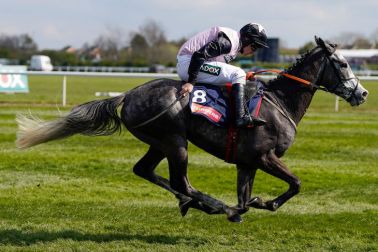Sickert in Venice
Dulwich Picture Gallery, until 31 May
Walter Richard Sickert (1860–1942) is a key figure in 20th-century British art, and an immensely talented and enjoyable painter into the bargain. His long life was a productive one, so there’s room for many exhibitions dealing with different aspects of his achievement. Following the excellent Camden Town Nudes at the Courtauld last year, the current exhibition focuses on Sickert’s paintings of Venice done between 1895 and 1904. Meanwhile, at the Fine Art Society (148 New Bond Street, W1, until 27 March) is a fascinating display of Sickert as printmaker.
The Dulwich show begins strongly with a roomful of views, mostly of St Mark’s Cathedral, inside and out. Three paintings of its façade dominate: a large one from the Tate with late-afternoon light catching on cupolas and crosses, a lovely pink one to its right, called ‘Red Sky at Night’, to the left a quieter daytime view. Although always praised as a draughtsman, colour plays a significant role. Sickert was expert at a particular combination of lilac and mulberry, seen to good effect here in a little open-air study of the piazza. It’s instructive to compare the loosely painted ‘Interior of St Mark’s’ (Tate, again) with a similar view of the Church of the Barefoot Friars, which was drawn and then coloured. Both approaches are typical of Sickert and offer different pleasures.
Sickert, when Whistler’s studio assistant, helped him print his Venetian etchings, so would have been familiar with the allure of the city before he even visited it. First-hand knowledge made him appreciate its many moods: in the second room we see the mysterious side of Venice, the waters choppy, buildings dark and shadowy, their structures occasionally enhaloed with gold.








Comments
Join the debate for just £1 a month
Be part of the conversation with other Spectator readers by getting your first three months for £3.
UNLOCK ACCESS Just £1 a monthAlready a subscriber? Log in